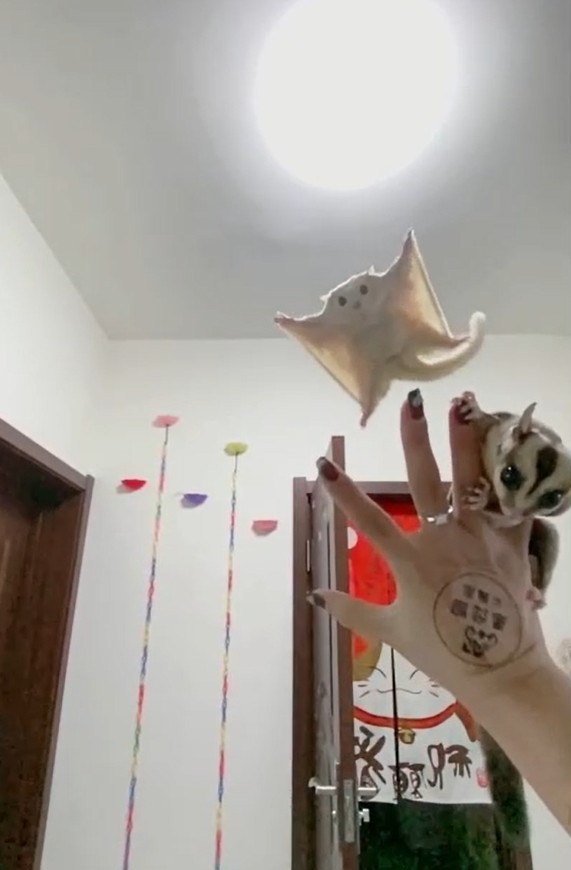
The sugar glider may be small, but it has a big appetite for sweet things. These tiny marsupials, native to Australia and parts of Asia, are known for their love of nectar, sap, and juicy fruits. Watching them nibble is adorable, but here’s the important lesson—eating too much is not always a good thing, even for a sugar glider.
In the wild, sugar gliders spend a lot of energy leaping and gliding between trees. Their diet naturally balances with their activity. But when a sugar glider eats more than it needs, especially sugary foods, problems can begin. Just like people, sugar gliders can become sluggish and less active when they overeat. Instead of gliding freely and often, a sugar glider that has had too much food might only “fly” once while its companions soar multiple times. Imagine this: others can glide five times from branch to branch, but the honey baby who overindulged manages only one lazy glide before needing to rest.
This difference shows how important balance is. Sugar gliders are built to be agile. Their lightweight bodies and the patagium—the stretchy skin between their limbs—are designed for quick, graceful movement. But if they become heavy from overeating, gliding becomes harder. They lose stamina, and their once-elegant leaps may turn into short, clumsy hops.
Beyond movement, overeating can also harm their health. Sugar gliders kept as pets are especially at risk, since they don’t have the same wide forests to exercise in. Too much fruit or treats can lead to obesity, dental issues, and even shortened lifespans. That’s why responsible care means offering a balanced diet: a mix of fresh fruits, vegetables, protein sources like insects, and specialized nectar substitutes.
What makes sugar gliders remarkable is not how much they can eat, but how gracefully they can live in harmony with nature. Their gliding isn’t about flying far away; it’s about moving smartly, conserving energy, and reaching just the right branch. A sugar glider that eats well but not excessively is more active, playful, and ready to join its group in adventurous leaps.
So the lesson from these little marsupials is simple: too much of a good thing can hold you back. Whether it’s food for sugar gliders or anything else in life, balance keeps us light, energetic, and ready to “fly” again and again.